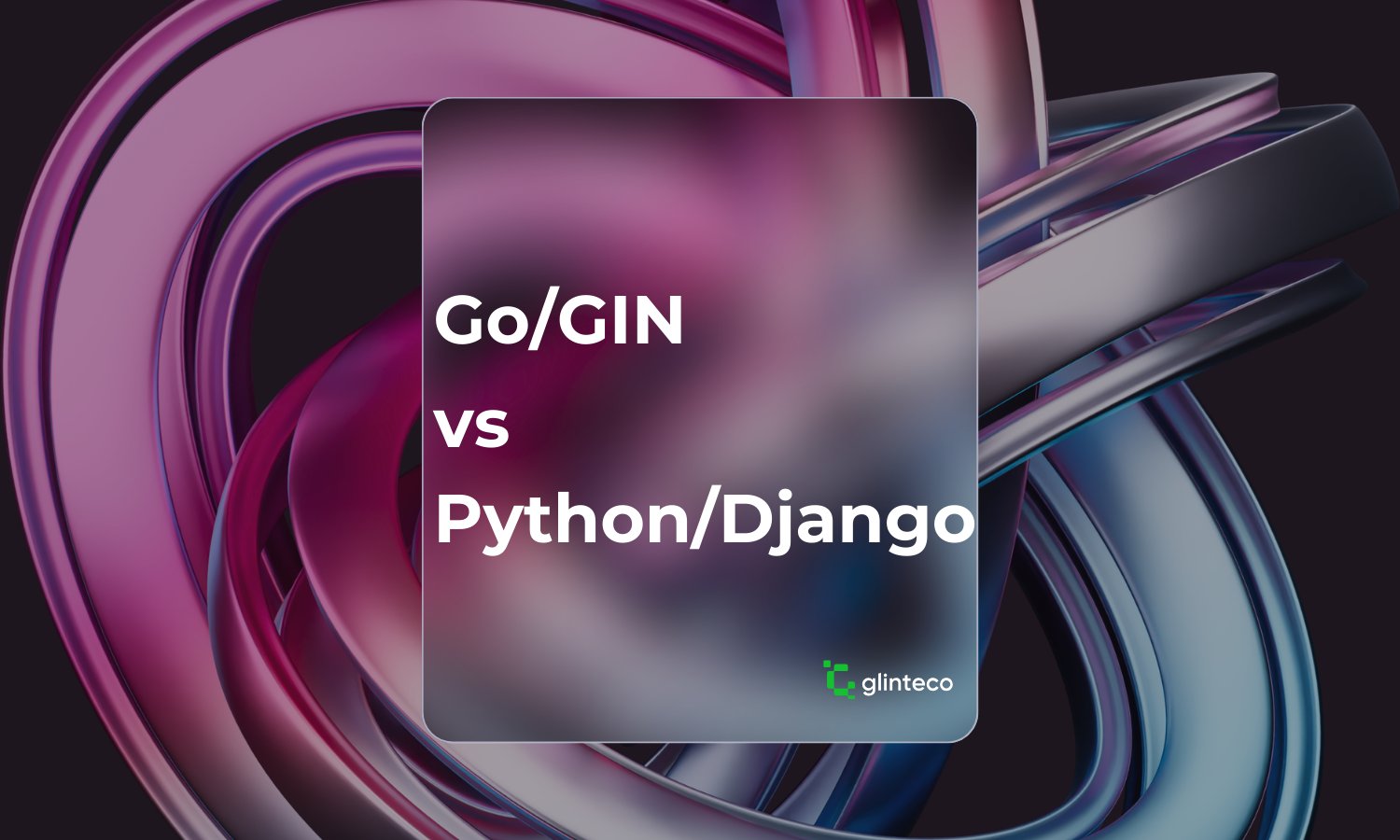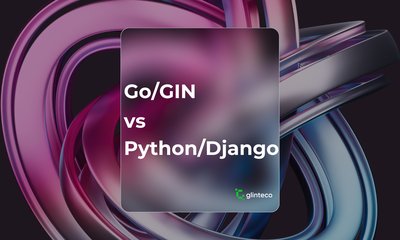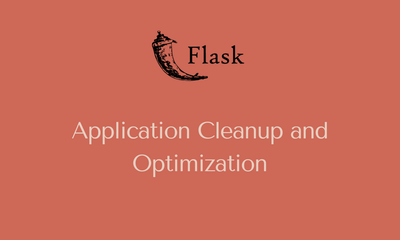Go/GIN vs. Python/Django Rest Framework: A Comprehensive Comparison
By khoanc, at: June 14, 2024, 5:12 p.m.
Estimated Reading Time: __READING_TIME__ minutes


In this blog post, we will compare Go/GIN and Python/Django Rest Framework (DRF) across various criteria to help you choose the best stack for your next project. We will evaluate them on performance, ease of use, scalability, community support, coding style, debugging difficulty, and support for background tasks and async. For each criterion, we will assign points (on a scale from 0 to 10) to provide a quantitative comparison.
1. Performance
Go/GIN:
- Speed: Go is compiled to machine code, making it extremely fast. GIN takes advantage of this, providing very low latency and high throughput.
- Concurrency: Go's goroutines and built-in concurrency model allow for highly efficient parallel processing.
Python/DRF:
- Speed: Python is generally slower due to its interpreted nature. However, for many web applications, this difference may not be significant.
- Concurrency: Django uses Python’s threading and async capabilities (this is supported since Django 3.1), but it's not as efficient as Go for highly concurrent applications.
Total Points:
- Go/GIN: 9.25
- Python/DRF: 7.25
2. Ease of Use
Go/GIN:
- Simplicity: Go’s syntax is simple, but learning its idioms and concurrency model can be challenging for beginners.
- Framework: GIN is minimalistic and less opinionated, giving developers more control but requiring more boilerplate code compared to Django.
Python/DRF:
- Simplicity: Python is known for its easy-to-read syntax and straightforward learning curve.
- Framework: Django and DRF offer a lot of built-in functionalities and follow the “batteries included” philosophy, which can speed up development.
Total Points:
- Go/GIN: 7.25
- Python/DRF: 9.0
3. Scalability
Go/GIN:
- Horizontal Scalability: Excellent for microservices architectures due to its performance and concurrency capabilities.
- Vertical Scalability: Efficient use of resources makes scaling up easier.
Python/DRF:
- Horizontal Scalability: Scales well with the right infrastructure, but might require more resources compared to Go for the same performance.
- Vertical Scalability: Less efficient compared to Go but still viable for many use cases with proper optimization.
Total Points:
- Go/GIN: 8.75
- Python/DRF: 7.5
4. Community and Support
Go/GIN:
- Community: Growing community, especially strong in cloud-native and performance-critical areas.
- Support: Adequate documentation and community support, but fewer resources compared to Python.
Python/DRF:
- Community: Large and active community with extensive documentation, tutorials, and third-party packages.
- Support: Excellent support due to the large community and mature ecosystem.
Total Points:
- Go/GIN: 7.25
- Python/DRF: 9.0
5. Coding Style
Go/GIN:
- Simplicity and Readability: Go emphasizes simplicity and readability, with a minimalistic design.
- Structural Typing: Static typing helps catch errors at compile time.
- Code Organization: Typically organized in packages, following a modular approach.
- Boilerplate Code: Requires more boilerplate compared to Django.
Python/DRF:
- Expressiveness and Readability: Python is known for its expressiveness and readability.
- Dynamic Typing: More flexible but might lead to runtime errors if not properly tested.
- Code Organization: Django encourages a specific project structure, promoting consistency.
- Built-in Features: Provides many built-in features and abstractions, reducing boilerplate code.
Total Points:
- Go/GIN: 7.625
- Python/DRF: 8.5
6. Debugging Difficulty
Go/GIN:
- Compile-time Errors: Static typing and compilation step catch many errors early.
- Debugging Tools: Robust debugging tools like
gdband GoLand. - Concurrency Issues: Debugging concurrency can be challenging, but tools like the race detector help.
Python/DRF:
- Runtime Errors: Errors are caught at runtime, which can be challenging but manageable with good testing.
- Debugging Tools: Excellent debugging tools like
pdband PyCharm. - Extensive Logging: Provides extensive logging facilities, making it easier to trace issues.
Total Points:
- Go/GIN: 7.83
- Python/DRF: 8.5
7. Support for Background Tasks and Async
Go/GIN:
- Goroutines: Built-in concurrency model with goroutines and channels.
- Background Tasks: Easily handled using goroutines and worker pools.
- Async Libraries: Robust support for async operations.
Python/DRF:
- Asynchronous Support: Improved async support with
asyncio, async views, and middleware in Django. - Celery: Powerful task queue system for managing background tasks.
- Async Libraries: DRF supports async views, and there are many libraries for handling async operations.
Total Points:
- Go/GIN: 9.17
- Python/DRF: 8.5
Overall Summary
Combining all the points from each criterion, we get:
Go/GIN:
- Performance: 9.25
- Ease of Use: 7.25
- Scalability: 8.75
- Community and Support: 7.25
- Coding Style: 7.625
- Debugging Difficulty: 7.83
- Support for Background Tasks and Async: 9.17
Total: 57.09
Python/DRF:
- Performance: 7.25
- Ease of Use: 9.0
- Scalability: 7.5
- Community and Support: 9.0
- Coding Style: 8.5
- Debugging Difficulty: 8.5
- Support for Background Tasks and Async: 8.5
Total: 58.25
One important thing to note here is UnitTesting
Comparison of Unit Testing
Ease of Writing Tests:
- Go/GIN: Writing tests in Go requires setting up the HTTP server and making requests using
httptest. It is straightforward but might require more setup compared to Django’s built-in tools. Points: 7.5 - Python/DRF: Django and DRF provide many tools out of the box that simplify writing tests, such as
TestCaseandAPIClient. Points: 9.0
Testing Tools:
- Go/GIN: The
testingpackage is built into Go, and additional libraries liketestifyenhance the testing experience. Points: 8.0 - Python/DRF: Python’s
unittestis built-in, and Django provides additional utilities for testing web applications. Points: 9.0
Speed:
- Go/GIN: Tests run very fast due to Go’s performance. Points: 9.0
- Python/DRF: Python tests are generally slower than Go, but for most web applications, the difference is negligible. Points: 7.5
Expressiveness:
- Go/GIN: Tests are clear but can be verbose due to the explicit setup required. Points: 7.5
- Python/DRF: Tests are very readable and concise, benefiting from Python’s expressive syntax. Points: 9.0
Total Points for Unit Testing
- Go/GIN: 32.0
- Python/DRF: 34.5
Conclusion
Choosing between Go/GIN and Python/DRF depends on your project’s specific needs. Here’s a quick guide:
- Choose Go/GIN if you need a high-performance, lightweight framework, especially for performance-critical applications or microservices architectures. Its concurrency model and efficiency with resources make it ideal for these scenarios.
- Choose Python/DRF if you prefer rapid development, a robust ecosystem, and extensive built-in features. If developer productivity, readability, and community support are your priorities, DRF is an excellent choice.
Both stacks have their strengths and are well-suited to different types of projects. Evaluating your specific requirements will help you make the best decision.



![[TIPS] Salesforce REST API: The requested resource does not exist](/media/filer_public_thumbnails/filer_public/31/a1/31a194f5-b579-415d-bc7b-1af0f602733d/salesforce_rest_api_errors.png__400x240_q85_crop_subsampling-2_upscale.jpg)

